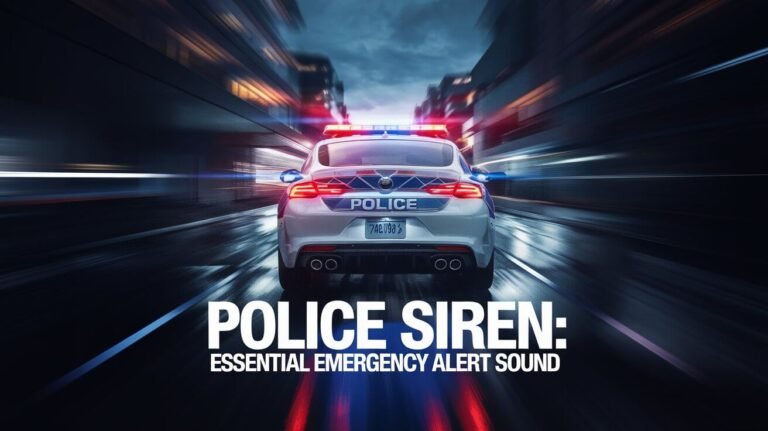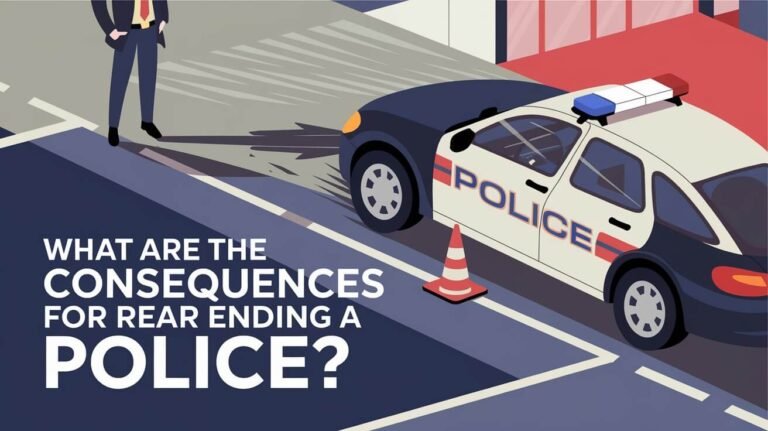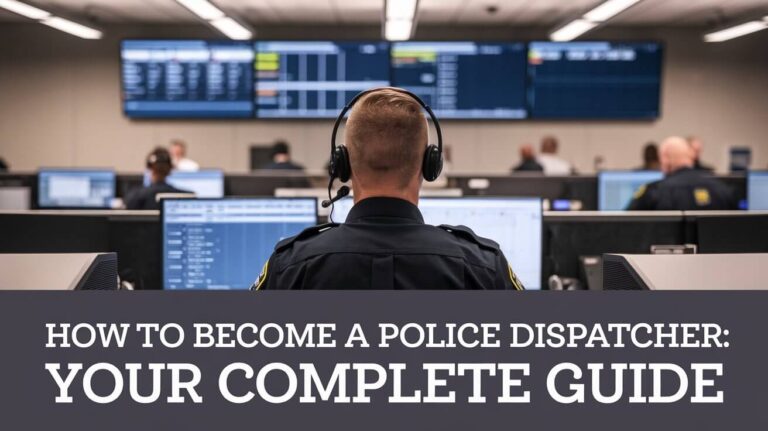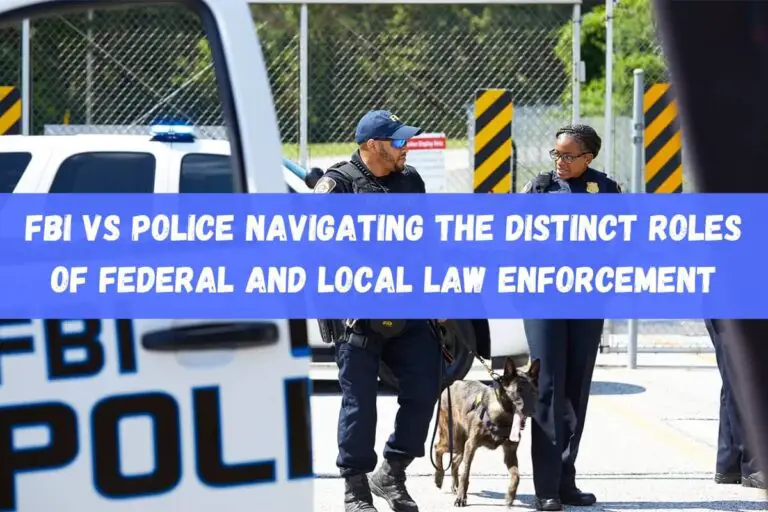Police Scanners: Live Audio Feeds & Law Alerts
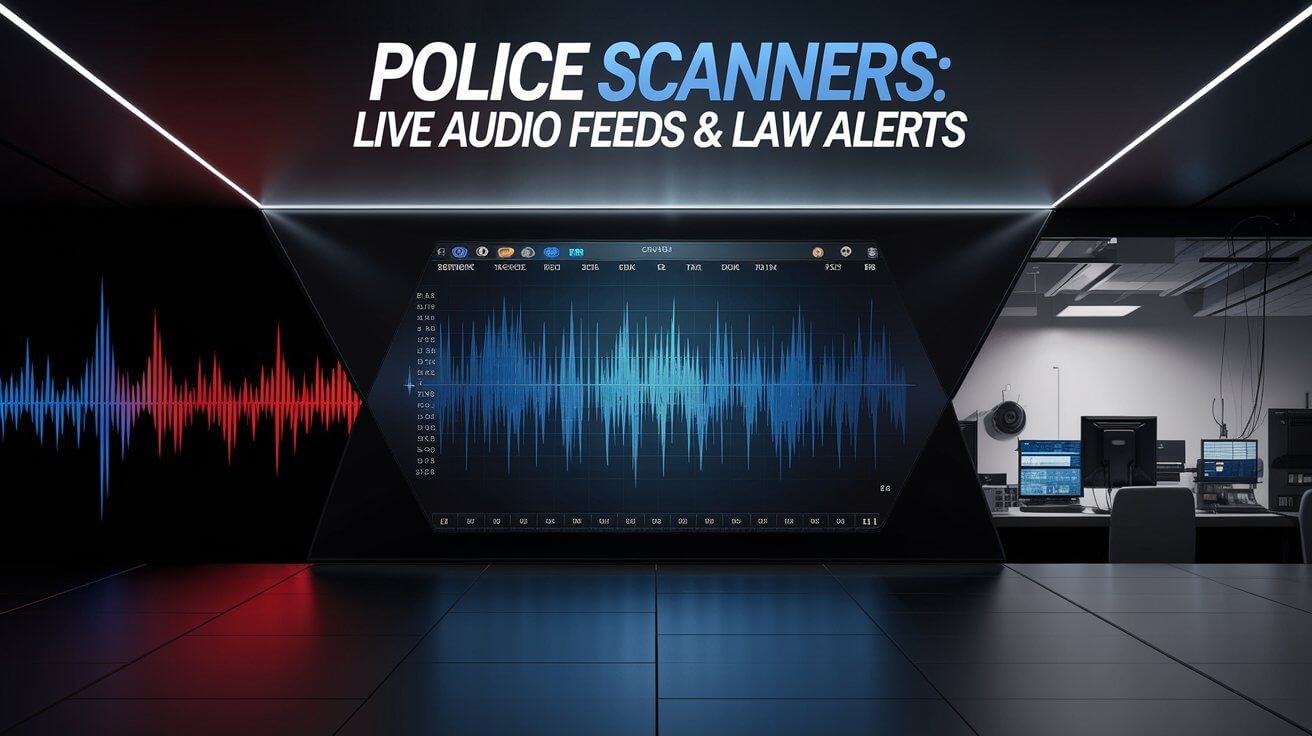
Police scanners are key in keeping us informed about emergencies. They help us stay safe by alerting us to local events and emergencies. The Scanner Radio app shows how technology makes it easy to listen to police and fire scanner audio.
There are many police scanners available, like the Uniden Bearcat BCD260DN with 1,000 channels. The Whistler WS1040 can store up to 1,800 frequencies. These devices are vital for those who want to be ready for emergencies, making them a big part of public safety.
Police Scanner Technology Basics
Understanding police scanner technology is key to using it well. You need to know about radio frequencies and the differences between digital and analog systems. Police scanners use radio frequency to send and receive signals. They are mainly used to listen to local police and fire communications, focusing on neighborhood safety.
There are important factors to consider in police scanner technology. These include the communication system type, like digital or analog, and the scanner’s frequency range. Digital systems, for example, have better sound quality and security than analog systems. Some main features of police scanner technology include:
- Radio frequency range: Police scanners can tune into a wide range of frequencies, including VHF, UHF, and 800 MHz.
- Digital systems: Digital scanners are needed to access APCO-25 non-encrypted transmissions and provide better sound quality and security.
- Trunking systems: Trunking systems make radio frequencies more efficient for use by multiple agencies, common in big cities.
Radio Frequency Fundamentals
Radio frequency is a key part of police scanner technology. Police scanners can listen to thousands of radio channels used by public safety agencies. The most common frequency ranges for police scanners include VHF, UHF, and 800 MHz. Knowing about radio frequency is vital for using police scanners effectively.
Digital vs Analog Systems
Digital systems have many advantages over analog systems. They offer better sound quality and more security. Digital scanners are needed to access APCO-25 non-encrypted transmissions, making communication more reliable and efficient. Analog systems, while less expensive, are used in areas where digital systems are not available.
Trunking Systems Explained
Trunking systems make radio frequencies more efficient for use by multiple agencies. They are often used in big cities and provide a reliable and efficient way to communicate. There are two main types of trunking systems: Motorola and M/A-COM (known as EDACS). Most public safety trunking systems operate on the 800 MHz band.
| Trunking System | Frequency Range | Description |
|---|---|---|
| Motorola | 800 MHz | Offers improved sound quality and increased security |
| M/A-COM (EDACS) | 800 MHz | Provides a more efficient way of communicating for multiple agencies |
Radio Bands and Frequencies for Emergency Communications
Knowing the different radio bands and frequencies is key for using a police scanner well. Agencies use specific bands like VHF and UHF for various needs. For example, the National Guard has 34.90 MHz as their emergency channel nationwide. Local and state police use 39.46 MHz for emergency talks between departments.
To make the most of a police scanner, knowing local emergency service frequencies is vital. Notable ones include 121.50 MHz, used internationally for aeronautical emergencies. Also, 156.80 MHz is used for maritime distress and safety calls. Ham radio operators use 52.525 MHz and 146.52 MHz for emergencies.
Here are some important emergency frequencies to remember:
- 34.90 MHz: National Guard emergency channel
- 39.46 MHz: Local and state police inter-department emergency communications
- 47.42 MHz: Red Cross relief frequency
- 121.50 MHz: International aeronautical emergency frequency
- 156.80 MHz: International maritime distress, calling, and safety channel
Learning these radio bands and frequencies, you can use your police scanner better. This helps you stay updated during emergencies.
Types of Modern Police Scanners
Police scanners have changed a lot to meet different needs. Now, you can find handheld scanners and base station units. Handheld scanners are loved for being easy to carry and use.
Base station units offer more features and are stable. They’re perfect for those who want a detailed scanning experience. Mobile apps are also popular, letting you use police scanners on your phone. Vehicle-mounted systems are for professionals, making scanning easy and integrated.
Critical Attributes of Police Scanners
- Handheld scanners: portable and easy to use
- Base station units: stable and feature-rich
- Mobile applications: convenient and accessible
- Vehicle-mounted systems: integrated and professional-grade
Choosing the right police scanner is important. You might prefer a handheld scanner’s ease or a base station unit’s advanced features. There’s a scanner for everyone. Knowing the different types and their features helps you pick the best one for you.
| Scanner Type | Key Features | Price Range |
|---|---|---|
| Handheld Scanners | Portable, easy to use | $99-$500 |
| Base Station Units | Stable, feature-rich | $200-$1000 |
| Mobile Applications | Convenient, accessible | $0-$10 |
| Vehicle-Mounted Systems | Integrated, professional-grade | $500-$2000 |
Signal Reception and Range Factors
Signal reception and range are key for police scanners. The quality of the signal greatly affects how well a scanner works. Knowing what affects signal strength is important.
Things like the antenna type, scanner location, and environmental factors can change signal strength. For better reception, consider antenna optimization. High-quality antennas and correct positioning can help. Outdoor and single-band gain antennas and pre-amplifiers also boost reception.
Some tips for better signal reception include:
- Using a properly designed I/Q receiver to improve symbol recovery from QPSK signals
- Adjusting DSP levels and ADC/DAC gains to reduce bit error rates
- Positioning the scanner to avoid interference from other devices and environmental factors
Range is also important for police scanners. The range for general use is usually 10 to 20 miles. But, it can change based on location and scanner type. Some state police agencies can be heard from 50+ miles away with mountain top transmitters.
Understanding signal reception and range helps users get the most from their scanners. This way, they can receive important information better.
Legal Requirements and Regulations
Using police scanners comes with legal rules you must follow. Laws about scanners differ by state, and the FCC has rules too. It’s important to use scanners the right way and follow the law.
The FCC says you need permission to broadcast messages from non-broadcast stations. The Wiretap Act lets you listen to public radio communications. But, breaking Section 705 of the Communications Act can cost up to $100,000 if you’ve done it before.
State-Specific Laws
In some places, like Florida and New York, you can’t use scanners while driving. Other states, like California and Michigan, don’t let you use scanners to help commit a crime. The penalties for breaking these laws vary a lot, with fines and jail time possible.
| State | Law | Penalty |
|---|---|---|
| Florida | Prohibits use while driving | Fine and/or imprisonment |
| Rhode Island | Restricts use in furtherance of a crime | Up to 5 years in prison and $5,000 fine |
| Vermont | Restricts use in furtherance of a crime | Up to 30 days in jail and $250 fine |
Knowing the laws about police scanners in your state is key. This way, you can use your scanner without breaking the law. It’s all about being responsible and respecting others’ privacy.
Programming Your Scanner
Programming a police scanner means adding the right frequencies for different agencies. It’s easy with the right help. You need to know about Conventional (analog) and Trunked (digital) frequency groups for it to work right.
There are many software choices for programming, like Uniden Sentinel and Whistler EZ Scan. These tools work with many scanners, making it simpler. For example, Sentinel Software works with scanners like SDS100 and BCD436HP.
For programming, you can use sites like Radio Reference, a free database for local frequencies. It helps find unique scanner frequencies in your area. You can also back up your files by connecting the scanner’s SD card to a computer, following the guide.
Remember, decoding encrypted signals is illegal. There’s no legal way to do it. Updates can take weeks during “rebanding.” But, using the right software and knowing how to program frequencies makes it easier.
Advanced Scanner Features
Modern police scanners have cool features like weather alerts, digital encryption detection, and memory banks management. These features make scanning better and more useful. They help users get more out of their scanners.
These features are great for staying updated on weather, accessing secure talks, and saving favorite channels. For instance, the Uniden Bearcat BCD536HP alerts you to severe weather in your area.
Weather Alert Systems
Weather alert systems are key in many scanners. They give users vital info on severe weather. This keeps users safe and informed during emergencies.
Digital Encryption Detection
Digital encryption detection lets users tap into secure talks. It’s perfect for watching law enforcement or emergency teams. This feature is super useful for those who need to monitor secure channels.
Memory Banks Management
Memory banks management helps users save and quickly find favorite channels. It makes scanning faster and more efficient. Users don’t have to waste time searching for channels they use a lot.
| Scanner Model | Weather Alert | Digital Encryption | Memory Banks |
|---|---|---|---|
| Uniden Bearcat BCD536HP | Yes | Yes | Yes |
| Uniden Bearcat BCD436HP | Yes | Yes | Yes |
| Whistler WS1040 | No | Yes | Yes |
Features like weather alerts, digital encryption, and memory banks make scanners better. They offer a more complete and efficient scanning experience. These features are a must for anyone needing top-notch scanning abilities.
Maintenance and Troubleshooting
Keeping your scanner in top shape is key for the best performance and longer life. This means making sure your antenna is working right. The right placement and adjustment can make a big difference in signal quality.
Don’t forget about software updates. They help fix bugs, add new features, and boost security. Keeping your scanner’s software current means you get the latest and best. Also, check for firmware updates and install them when needed.
Common Technical Issues
Scanners can face issues like poor signal, distorted sound, and broken buttons. To fix these, try tweaking the antenna, updating software, and calibrating the device. If problems keep coming back, look in the user manual or reach out to the maker’s support.
There are ways to avoid these problems. Handle your scanner with care, keep it dry, and use the right accessories. By following these steps and doing regular maintenance, your scanner will keep working well. This ensures you get the most out of your device.
| Issue | Solution |
|---|---|
| Poor signal reception | Adjust antenna, check for software updates |
| Distorted audio | Check audio settings, ensure proper calibration |
| Malfunctioning buttons | Consult user manual, contact manufacturer’s support team |
Bottom Line
Police scanners are key in emergency communications and public safety. They give us a peek into the world of first responders. This article covered everything from basic radio tech to the latest scanner features.
The world of police scanners is always changing. There are debates about privacy, openness, and the right balance. Law enforcement is deciding whether to encrypt their talks. This could change how we get updates during emergencies.
Despite these issues, police scanners are very important. They help us connect with our communities and know about dangers. As tech and laws change, it’s important for us to stay involved and support these tools.



